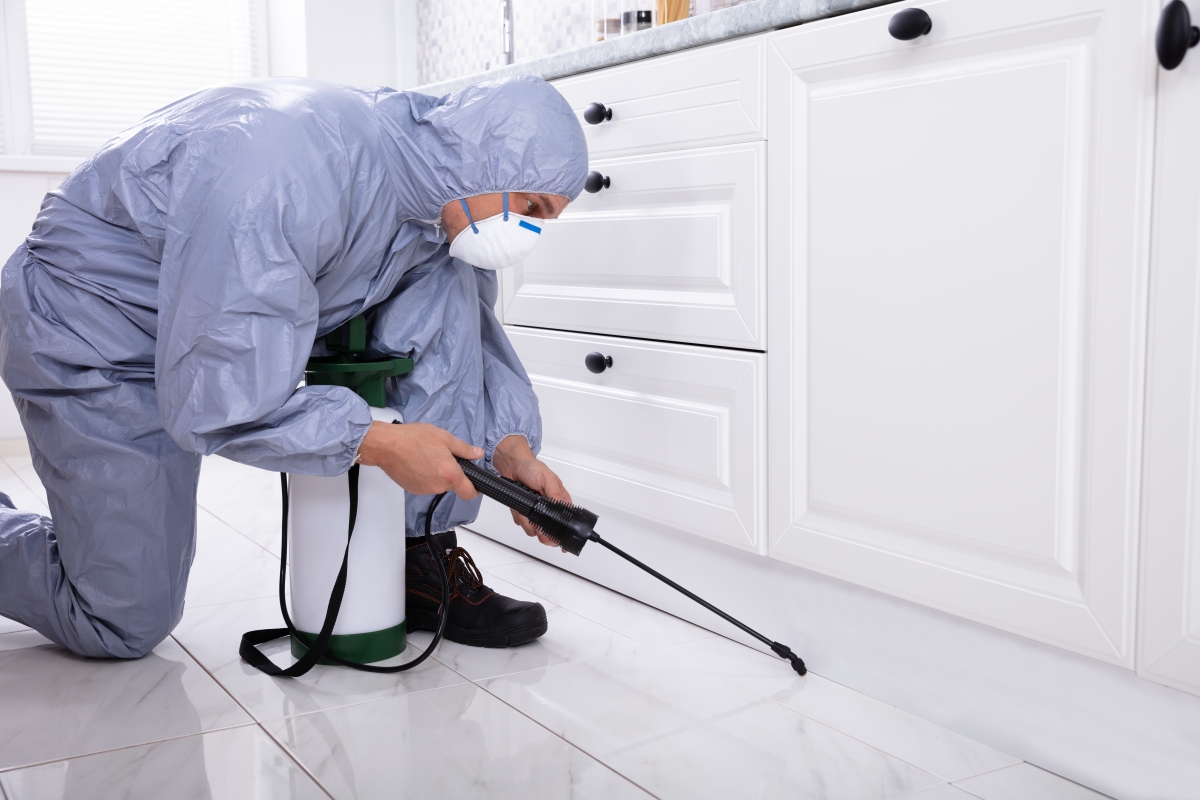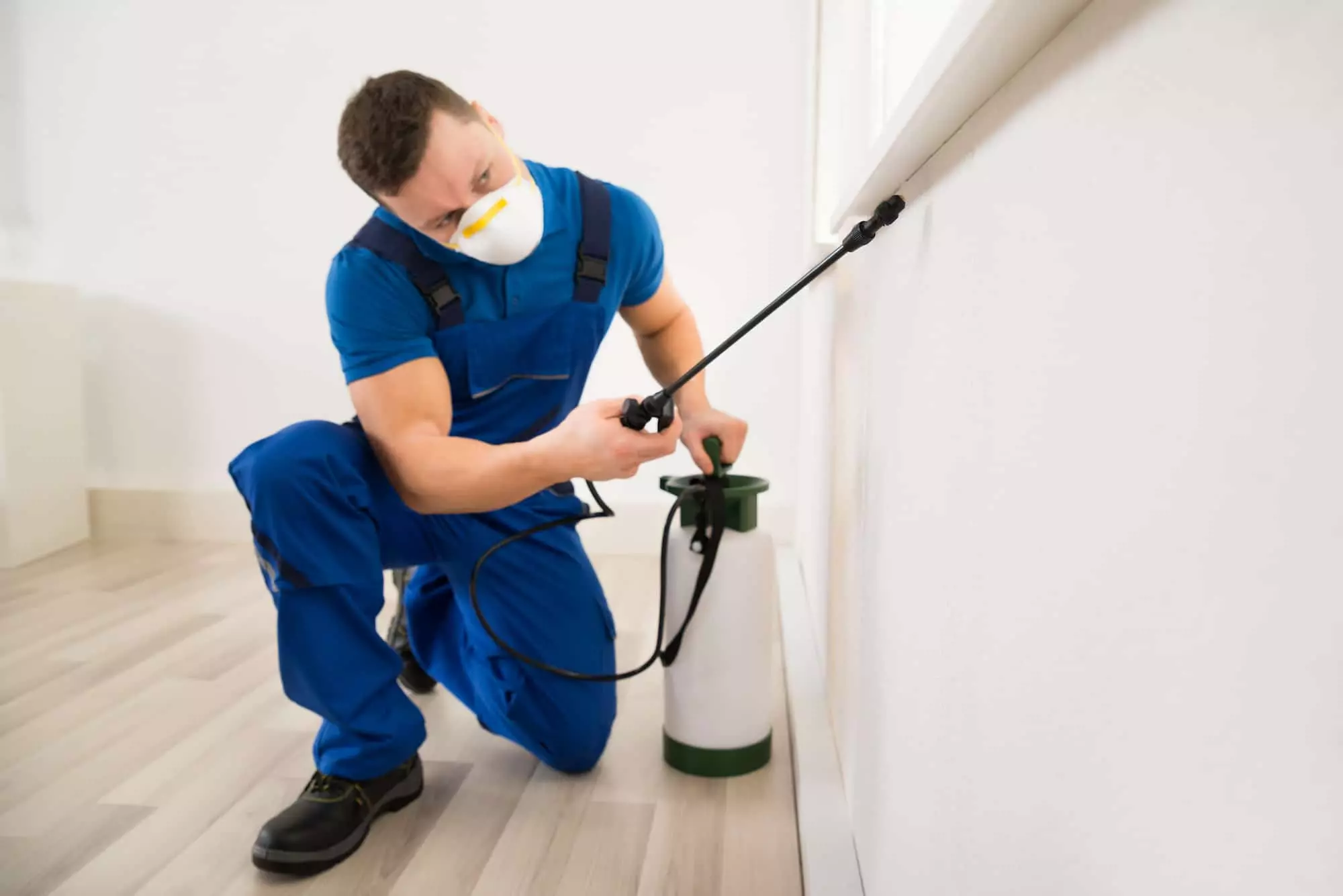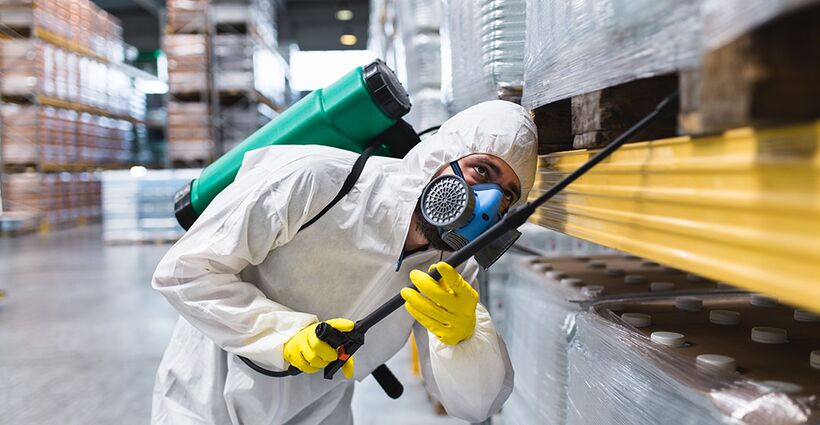Comprehensive Rodent Control Coquitlam Services for Peace of Mind
Comprehensive Rodent Control Coquitlam Services for Peace of Mind
Blog Article
Safe and Dependable Insect Control for Lasting Security
Efficient parasite management needs a complex technique that stabilizes eco-friendly integrity with the requirement for effective insect suppression. The nuances of these techniques may not be instantly clear, prompting a closer exam of the techniques that can lead to sustainable bug control end results.
Comprehending Bug Control Approaches
Parasite control includes a range of approaches focused on handling and eliminating unwanted pests and rats that can intimidate both health and home. Comprehending these techniques is essential for reliable pest monitoring.
The main categories of pest control techniques include mechanical, biological, and chemical techniques. Mechanical methods include physical obstacles and catches to prevent bug entrance and capture unwanted species. For example, using screens on home windows or employing sticky catches can substantially minimize pest populaces without presenting dangerous substances.

Chemical parasite control is typically one of the most acknowledged method, using pesticides to eliminate bugs. These chemicals can be reliable but must be used with care to stay clear of damaging impacts on non-target varieties and the setting.
Advantages of Eco-Friendly Solutions
Just how can environment-friendly remedies change bug control practices? The fostering of green pest control techniques provides numerous benefits, substantially improving the efficiency and safety of insect monitoring.

Another advantage is the positive effect on regional biodiversity. Environmentally friendly services are developed to target certain insects while preserving helpful pests and wild animals, advertising a balanced environment. This approach lines up with the expanding consumer need for lasting methods, boosting the reputation of parasite control carriers.
Integrated Parasite Management Strategies
The execution of green solutions normally leads to the adoption of Integrated Bug Administration (IPM) approaches, which even more enhance bug control efficiency. IPM is an all natural strategy that integrates multiple techniques to manage parasite populations while lessening environmental impact. This approach highlights the usage of biological, cultural, mechanical, and chemical controls, making certain a balanced and lasting technique of insect management.
One essential facet of IPM is the complete analysis of bug activity and ecological problems. By keeping an eye on insect populaces and recognizing their life cycles, practitioners can carry out targeted treatments that disrupt the pest's habitat or lifecycle, decreasing dependence on chemical pesticides. Additionally, cultural techniques such as plant rotation and environment manipulation can considerably reduce insect facility and reproduction.
One more critical component is making use of organic control representatives, such as valuable pests or microbes, which can normally subdue parasite populations. When chemical applications are essential, IPM focuses on the use of low-risk pesticides and uses them selectively, lessening direct exposure to non-target microorganisms and people.
Integrating IPM approaches not just enhances parasite control performance however likewise advertises a safer environment, aligning with the growing need for sustainable methods in bug administration.
Safe Practices for Property Owners
Understanding the value of safe methods in pest control can encourage house owners to effectively manage bug issues while safeguarding their health and wellness and the setting. Applying non-toxic techniques and precautionary steps is crucial in minimizing direct exposure to harmful chemicals.
Property owners should first assess their atmosphere for problems that draw in pests, such as standing food, water, and mess waste. Frequently cleansing and sealing access factors can deter pests from getting into the home. Making use of natural deterrents, such as crucial oils or diatomaceous planet, a knockout post can offer effective alternatives to chemical pesticides.
When chemical treatments are needed, homeowners should select items that are particularly classified as safe for domestic usage. It is vital to adhere to application guidelines diligently to avoid overexposure. Using targeted treatments in areas where parasites are identified, instead than blanket splashing, can considerably lower chemical use.
Finally, preserving open communication with bug control professionals is crucial. Property owners need to ask about the safety of items utilized and request environmentally friendly alternatives whenever feasible. By taking on these secure practices, homeowners can produce a healthier living setting while properly taking care of pest problems.

Tips for Long-Term Security
Establishing a pest monitoring approach that stresses lasting security can significantly improve the performance of the secure techniques formerly reviewed. To visit here attain this, house owners need to implement normal assessments of their home, concentrating on concealed locations such as attic rooms, basements, and crawl rooms. Early detection of insect task is essential in stopping infestations from holding.
These methods lower attractants that draw insects into the home. Sealing entrance factors, such as cracks around doors and home windows, can properly obstruct prospective bug accessibility.
Landscaping must also be taken into consideration; keeping plants cut and maintaining a distance between plant life and the home minimizes concealing spots for bugs. Using natural deterrents, such as important oils or diatomaceous planet, can better prevent infestations without considering extreme chemicals.
Last but not least, teaming up with a specialist bug control solution for regular evaluations can offer an added layer of safety and security. These professionals can use tailored suggestions and advanced therapies, making certain that your home remains protected against pests in the long-term.
Final Thought
In conclusion, trusted and risk-free pest control calls for a multifaceted method that emphasizes environmentally friendly approaches and integrated insect monitoring. By implementing all-natural deterrents, conducting normal examinations, and preserving proper sanitation, homeowner can dramatically decrease bug populations while safeguarding advantageous pests and the setting. Partnership with specialist pest have a peek at these guys control services boosts the performance of these approaches, ensuring customized solutions that offer long-term protection and comfort versus future problems.
Effective pest monitoring requires a complex technique that stabilizes environmental integrity with the need for effective insect reductions. The adoption of environment-friendly pest control approaches supplies various advantages, significantly boosting the efficiency and safety and security of pest monitoring.The implementation of environmentally friendly remedies naturally leads to the adoption of Integrated Bug Management (IPM) techniques, which better boost bug control efficiency. exterminator coquitlam. By keeping track of parasite populaces and determining their life cycles, experts can carry out targeted interventions that interrupt the insect's environment or lifecycle, minimizing dependence on chemical pesticides.In conclusion, trustworthy and safe pest control needs a diverse method that highlights environmentally friendly approaches and incorporated parasite monitoring
Report this page